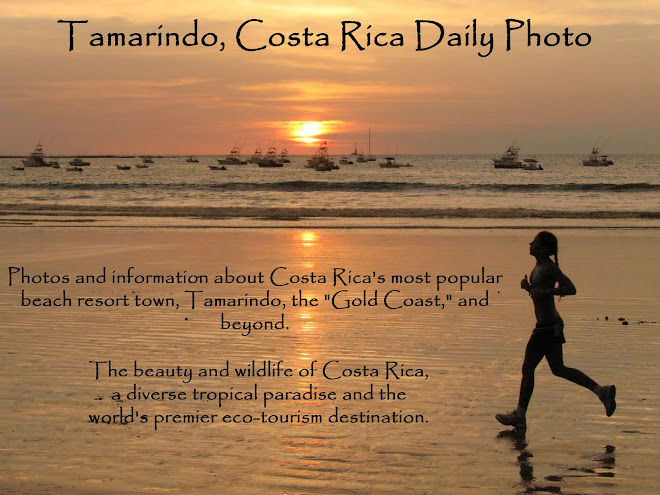 Tomorrow starts the new year, so I thought I would show a photo of a young villager. His subtle smile shows the confident optimism of youth. He has a lifetime of experiences to look forward to achieving and enjoying.
Tomorrow starts the new year, so I thought I would show a photo of a young villager. His subtle smile shows the confident optimism of youth. He has a lifetime of experiences to look forward to achieving and enjoying. I hope that 2011 gives him, and all readers of this blog, reasons to smile just as this boy is doing in this photo.
I took this photo in the village that I have been showing for the past week or so. In fact, I took this photo just a few moments before the cattle came rumbling up the main street of the town.
As you can see, I also took the photo just after the child had enjoyed a snack, but a moment before he wiped his mouth and chin.
We are showing photos of the holidays in Santa Fe, New Mexico this week on our Viva la Voyage travel photo site.






























